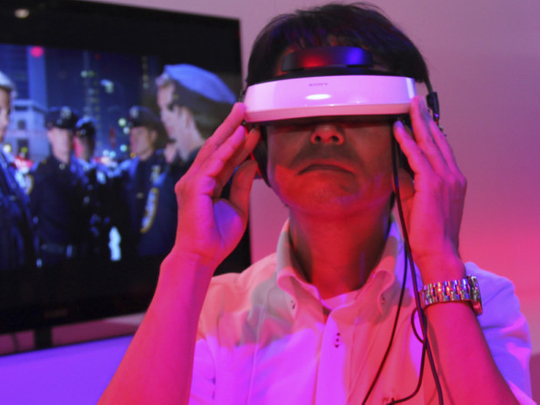
Japanese electronics giants that once controlled the global consumer electronics industry today find themselves in a crisis, fighting for relevance and, in some cases, even survival.
However, the segment is on the road to recovery. There are a number of sections where innovation is visible, such as Blu-ray or TFT LCD panels. And, fields such as life sciences, solar panels, building systems, health-care electronics and medical diagnostic devices have been identified as potential investment fields. Some have committed themselves to corporate strategies and introduction of new products — in the case of Sharp, for example, 3D high-definition digital mirrors and electronic textbooks — to penetrate market niches and reverse the declining trend.
Another response to the crisis has been an increase in company mergers and acquisitions. JVC and Kenwood have already merged, and Panasonic has acquired the majority voting stock in Sanyo, making the latter a part of the Panasonic Group.
Some of the bigger players resorted to consolidating operations such as Hitachi, Casio and NEC, and Fujitsu and Toshiba did the same with their mobile phone businesses. In 2011, Sony, Toshiba and Hitachi signed a deal to merge their LCD sections, creating a company called Japan Display. Sony is in talks with Olympus to take a capital stake, and Toshiba partly acquired the semiconductor manufacturing arm of Sony and is about to buy out Fujitsu’s hard disk drive business.
Weakened position
The industry got a wake-up call on November 22, when ratings agency Fitch Ratings downgraded industry titans Sony and Panasonic to junk status for the first time in their corporate history, pointing to their weak balance sheets and declining position in the global competition.
The slide cannot be wholly attributed to natural disasters such as the tsunami 18 months ago and the subsequent floods in Thailand that impacted a number of Japanese factories. The problem began about a decade ago, when the electronics giants started neglecting to churn out products that people wanted. Corporations created merchandise for the market that quickly lost their appeal — because they could not keep up with innovative items offered by smarter peers such as Apple or Samsung.
Japanese companies also missed out on the smartphone boom. They focused too much on stand-alone products and didn’t add software-based value services to their devices. The reliance on TVs, multimedia products and computers did not pay off, as global competitors developed and offered comparable products at lower prices.
“Software and user interfaces in Japanese electronics products have always been an issue,” says Gerald Steiner, an industry analyst at the German Consumer Electronics Association. “Apart from a few exemptions, Japanese electronics manufacturers have been too reactive rather than proactive, an approach that now shows its consequences,” he adds. “Japanese companies have fallen behind in the race to develop what is likely to become the dominant technology format for next-generation gadgets.”
The decline has also been attributed to macro-economic factors including high labour costs, the high value of the yen and too many companies producing the same class of products and reducing economies of scale and pricing power.
This year Sony reported a loss of $2.9 billion (about Dh10.6 billion) in its fiscal year that ended on March 31. Panasonic said it expects a loss of $10.3 billion, and Sharp has put its 2012 loss forecast at $3.8 billion. TDK, Kyocera, NEC and many others are also suffering from sharp declines in revenue, downsizing and scrapping dividends.
“Japanese firms were too confident about their technology and manufacturing prowess. We lost sight of the products from the consumer’s point of view,” said Panasonic President Kazuhiro Tsuga at a news conference in June 2012 upon taking over as the company’s new leader after it posted the biggest annual loss in its 94-year history.
What lies ahead
For the time being, Fitch Ratings is not overly confident about the future. “Our downgrade reflects weakened competitiveness in the core businesses,” the agency said in a statement after it downgraded Sony and Panasonic.
It also said that despite ongoing restructuring, “a meaningful recovery will be slow, given the companies’ loss of technology leadership in key products, high competition, weak economic conditions in developed markets and the strong yen”.
However, the industry sees a silver lining on the horizon. Japan is still a powerhouse: it has the third-largest national economy on the planet, surpassed only by the US and China. If the big electronics makers manage to churn out innovative products, bring it quickly and cheaply to the market, reduce product cycles and, at the same time, maintain their superior craftsmanship, the sector will dominate again. 7







